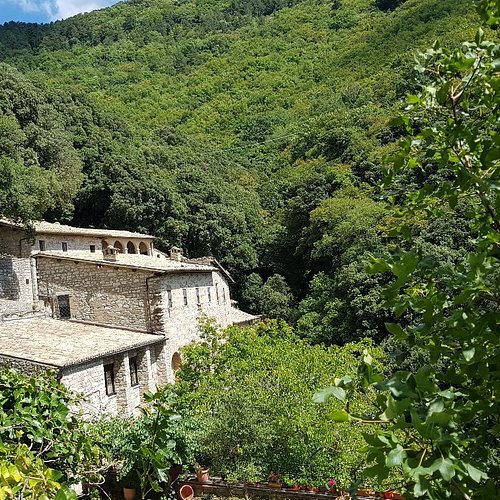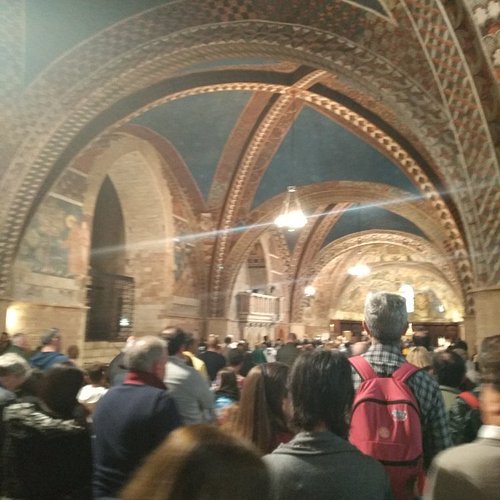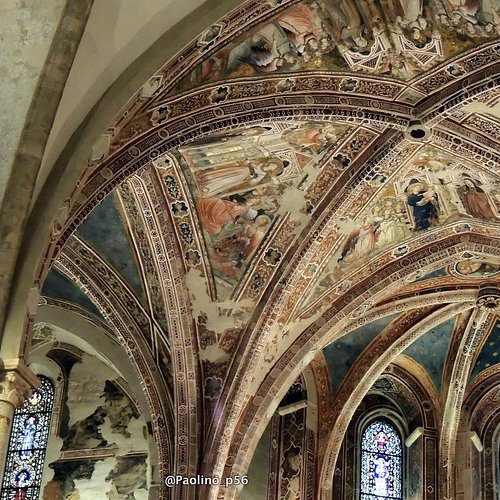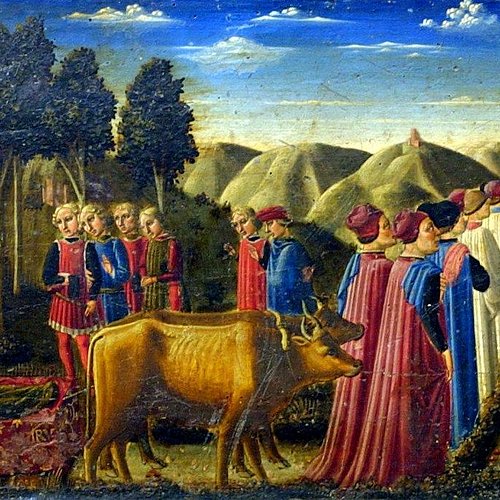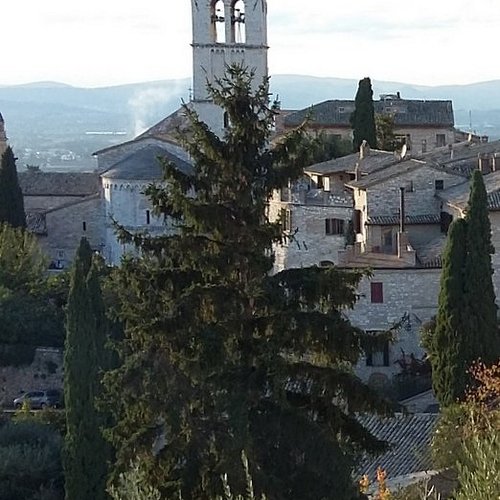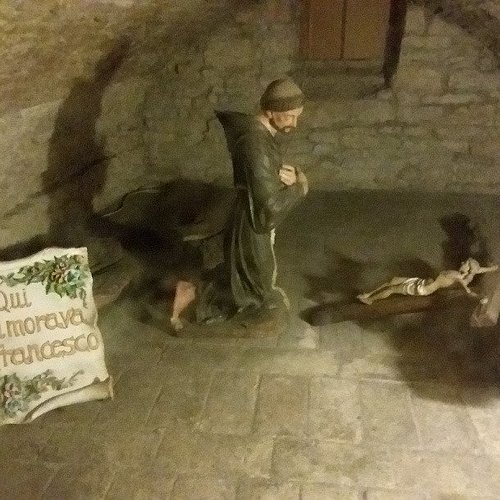The 10 Best Sacred & Religious Sites in Assisi, Umbria
Best known as the birthplace of St. Francis, Italy's patron saint, Assisi lies amid Umbria's rolling hills. Religious pilgrims have come here for centuries to visit the Basilica of San Francesco (where St. Francis is buried) and the Basilica of Santa Chiara (to see the tomb of St. Clare). Visit the Eremo delle Carceri to see caves where medieval hermits withdrew from the world. (You may find such solitude quite appealing—especially if you're here on a daytrip from Rome!)
Restaurants in Assisi
1. Eremo delle Carceri
Overall Ratings
5.0 based on 2,278 reviews
The retreat high in the mountains above Assisi where St. Francis frequently stayed to meditate and pray.
Reviewed By jmaiaf
Quiet, forested retreat. Wander about, watch for short doorways (!), sit, breathe Views are wondrous.
2. Cripta di San Francesco
Overall Ratings
5.0 based on 119 reviews
Reviewed By GreenInsights - Perth, Australia
Several flights of stairs to descend and later ascend before you are in the spiritual centre of Assisi where St Francis is buried along with some of his early friars from the 13th century
3. Basilica di Santa Chiara
Overall Ratings
4.5 based on 2,421 reviews
Built onto the original Chapel of St. George, this Cathedral is where St. Clare of Assisi was buried in a crypt in 1872.
Reviewed By chatwinesque - Lisbon, Portugal
Behind an unremarkable exterior, the inside of this basilica is surprisingly beautiful - austere, with a few fading beautiful frescoes and the famous "talking" crucifix, an Orthodox-like piece of art worth the visit in itself, and the tomb of Saint Claire in the crypt.
4. Basilica di Santa Maria degli Angeli - Porziuncola
Overall Ratings
4.5 based on 2,979 reviews
This Basilica was started in 1569 to the designs of Galeazzo Alessi, and features a statue of the Madonna in bronze gilt by G. Colasanti and an interior whose architectural style is Doric.
Reviewed By GreenInsights - Perth, Australia
St Francis started his good works in prayer inside this little original chapel encased by the huge Basilica. Go there to experience the mystery
5. Oratorio dei Pellegrini
6. Chiesa di Santa Maria delle Rose. Mostra Maria
Overall Ratings
4.5 based on 168 reviews
Since the year 2000, the permanent MARIA Exhibition by Guido Dettoni della Grazia is like a path to a whole spiritual experience therein offered. The visual and tactile experience consists in the artwork MARIA, the enlarged TAU to be touched and embraced as well as the encounter with the Face of Christ available -upon request only- to be touched (not seen) in a hidden part of the churchnof Santa Maria delle Rose.
7. Santuario di Rivotorto
8. Museo Diocesano e Cripta di San Rufino
Overall Ratings
4.5 based on 36 reviews
The Diocesan Museum, established in 1941, preserves and valorizes the outstanding artistical heritage of the Diocese and the Cathedral, from the point of view of both its historical and religious importance. The architectural context, merged with the artworks' beauty, completes this meaningsful spiritual experience. The Crypt is one of the places of workship, where st. Francis used to go and pray.

